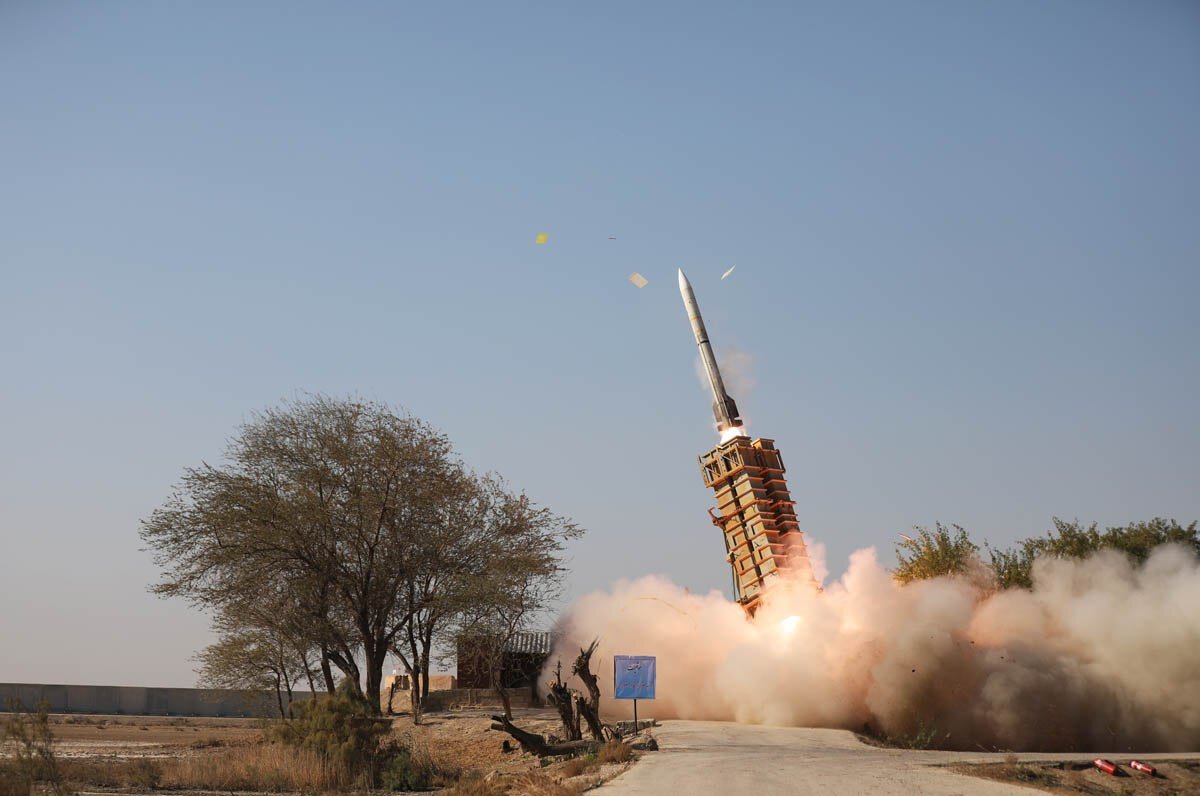Integrated air defense network takes center stage in 2nd phase of Iran drills

TEHRAN – Air defense units of Iran’s Artesh have begun the second phase of military exercises in southwestern and central Iran, part of a larger national drill that began early this year.
According to a statement published by the Air Defense Force, the exercise involves operations such as detection, identification, interception, engagement, and destruction of hostile targets.
The first phase took place last month across key regions, including air defense zones in the western and northern parts of Iran. Part of it involved practicing the downing of bunker busters over the country’s nuclear sites.
During the second phase, Iran's domestically produced radar equipment and an expanded observation network are being utilized to detect and identify incoming targets.
Command and control centers are employing both active and passive advanced indigenous radar systems, along with signal and electro-optical surveillance, to monitor the exercise area, the statement added.
Among the systems operated on Tuesday were the homegrown Majid and Joshan air defense missile systems.
The Joint Air Defense Base of Iran is overseeing the exercise, which aims to integrate efforts from both the Air Defense Force and the Air Force.
Iranian military forces conduct routine annual exercises according to a detailed schedule in various parts of the country.
The nation's officials have repeatedly underscored that Iran will not hesitate to strengthen its military capabilities, including its missile power, which are entirely meant for defense.
They have also emphasized that Iran's military and defense capabilities will never be subject to negotiations.
'Iran's air defense operational and effective'
In an interview with the Tehran Times, military expert Mehdi Bakhtiari shed light on the objectives behind such drills.
"Primarily, these exercises aim to test and evaluate the armed forces both tactically and in terms of equipment. This involves conducting scenario-driven tests and performing error corrections," he said.
Bakhtiari also highlighted the international purpose of these drills.
"Following the October 2024 Israeli airstrike on Iran, there were numerous reports claiming that Iran's air defense systems had been destroyed, leaving the country's airspace defenseless. This exercise shows that the country’s air defense systems are fully operational and effective," Bakhtiari added.
He also provided insights into specific systems used in the exercises, mentioning that the "Majid" air defense system is designed to engage low-altitude targets like cruise missiles and drones, while systems like "15 Khordad" and "Joshan" are capable of engaging targets at various altitudes.
Bakhtiari noted that the "Joshan" system employs passive radar, which does not emit signals and thus avoids detection by enemy anti-radar systems, enhancing its operational security.
"Our current air defense capabilities are designed to cover all these layers of threats. The challenges posed by ballistic and cruise missiles always exist, requiring continuous investment and technological advancements," he stated.
Bakhtiari emphasized the intricate challenges of defending against ballistic missiles, noting that even the most advanced air defense systems from various countries have faced difficulties in countering them.
He cited Iran's successful Operation True Promise II against Israel in October 2024 as a pertinent illustration. The attack saw a huge number of Iranian missiles hit their targets in the occupied territories, despite multiple regional and non-regional countries coming to Israel’s aid.
Leave a Comment